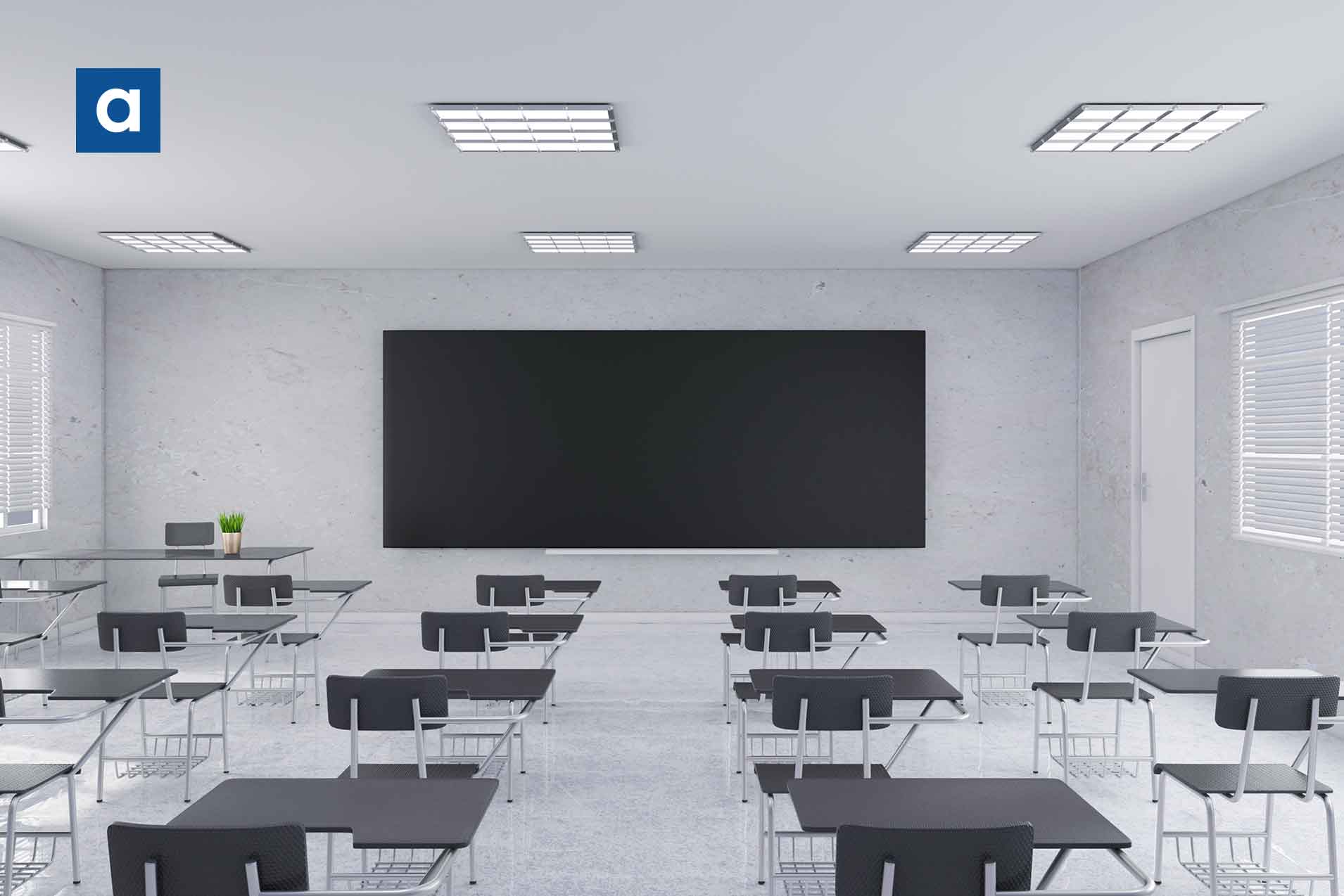
25 Sep Cast No Shadow; the demise of the interactive whiteboard
A news headline recently lamenting the rollout of interactive whiteboards as part of a government initiative from 2004 as “a waste of money”:
I was working as a Teaching and Learning consultant when interactive whiteboards were being introduced in schools. Personally I thought they were something that had the potential to fundamentally and dramatically change the classroom landscape and the way in which we teach and learn.
I used the board to model sentence structure in a whole new way; used animations in teaching; pupils annotated images; labelled efficiently and explored scenarios in science. For example I loved using the interactive whiteboard with year 3 pupils in maths with an image of a five bar gate to identify regular and irregular shapes and then sort them by their properties. This sits quite firmly at the “Modification” and even “Redefinition” phases in the SAMR model. I spent more time planning my lesson to take place harnessing the potential of the board to make sure pupils had more time exploring ideas in class.
Sadly, many school leaders were rushed into a decision made with partial understanding of the application of the interactive whiteboard. Boards were subsequently located alongside existing chalkboards, relegated to a corner of the room- or in one particular classroom, on the back wall “so it didn’t interfere with normal teaching.” Let’s not even get started with the dilemma about how high to mount them in EYFS spaces.
Teachers were not made aware of the interactivity of the whiteboard. Teachers identified with the projector and sat at their desks. Teachers used the technology to project and to present, not to participate. The board was largely a tool for the teacher, not for pupils. Sadly, so many lessons could have proceeded by removing the interactive whiteboard and simply shining on the wall instead. Nothing would have changed. To this extent I agree with the headline in the news article. The article may be an accurate reflection of a poorly managed initiative on a national scale.
What WAS a waste of money was not spending time with school leaders in advance with strategic support, helping leadership teams to clearly identify how interactivity aligned with their existing school priorities at the time; how interactive whiteboards can embrace different learning styles (and there are seven not three); how interactive whiteboards could be directly linked to raising attainment in learning, not just provide a greater sense of engagement. School leaders have a very clear vision for learning and teaching in their own schools; and each school is unique just as each child is unique. And some are more unique than others.
What WAS a waste money was not recognising the importance of training in order to systematically identify, harness and integrate the potential of the interactive whiteboard. Let alone how to stand and not cast a shadow.
Training means supporting teachers with functional aspects and getting to grips with features of technology. A rigorous programme of professional development will enable teachers to raise awareness of the potential ways in which it can be integrated and subsequently embedded into their professional lives, to make teaching more engaging; more purposeful; more relevant; more… “more”. Not just “wow”. More fundamentally teachers would have seen the potential of the board to change the balance in classrooms and flatten the hierarchy of “board-teacher-pupils.”
Interactive whiteboards (in neo-pristine condition) and projectors are steadily being removed from classroom walls and being replaced by monitors and LED and OLED digital displays. There is no doubt the clarity of the image on the screen can be breathtaking. Just don’t… touch it….
Recently Tom and I were drawn into a discussion with a leadership team whilst supporting them with strategic planning. The school has a wonderfully clearly articulated vision about pupil-centred learning and facilitative teaching within and beyond school.
“What if we didn’t even have a single display in the classroom?”
We smiled widely.
More anon.
For more information please email us at info@oldsite.academia.co.uk
Written by Paul Hutton
Paul is a highly experienced teacher and engaging presenter across all ages and phases. He is passionate about inspiring quality learning, exploiting creativity and enabling all users to show their learning with technologies in a wide range of contexts.
In addition to teaching in the UK he taught in France and in Australia; he led ICT development as a local authority consultant for a decade, worked in leadership teams and served as vice chair on a school governing body. Paul is an Apple Distinguished Educator and an Apple Education Trainer.


